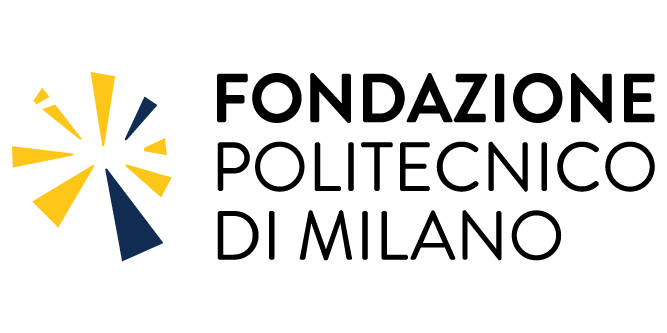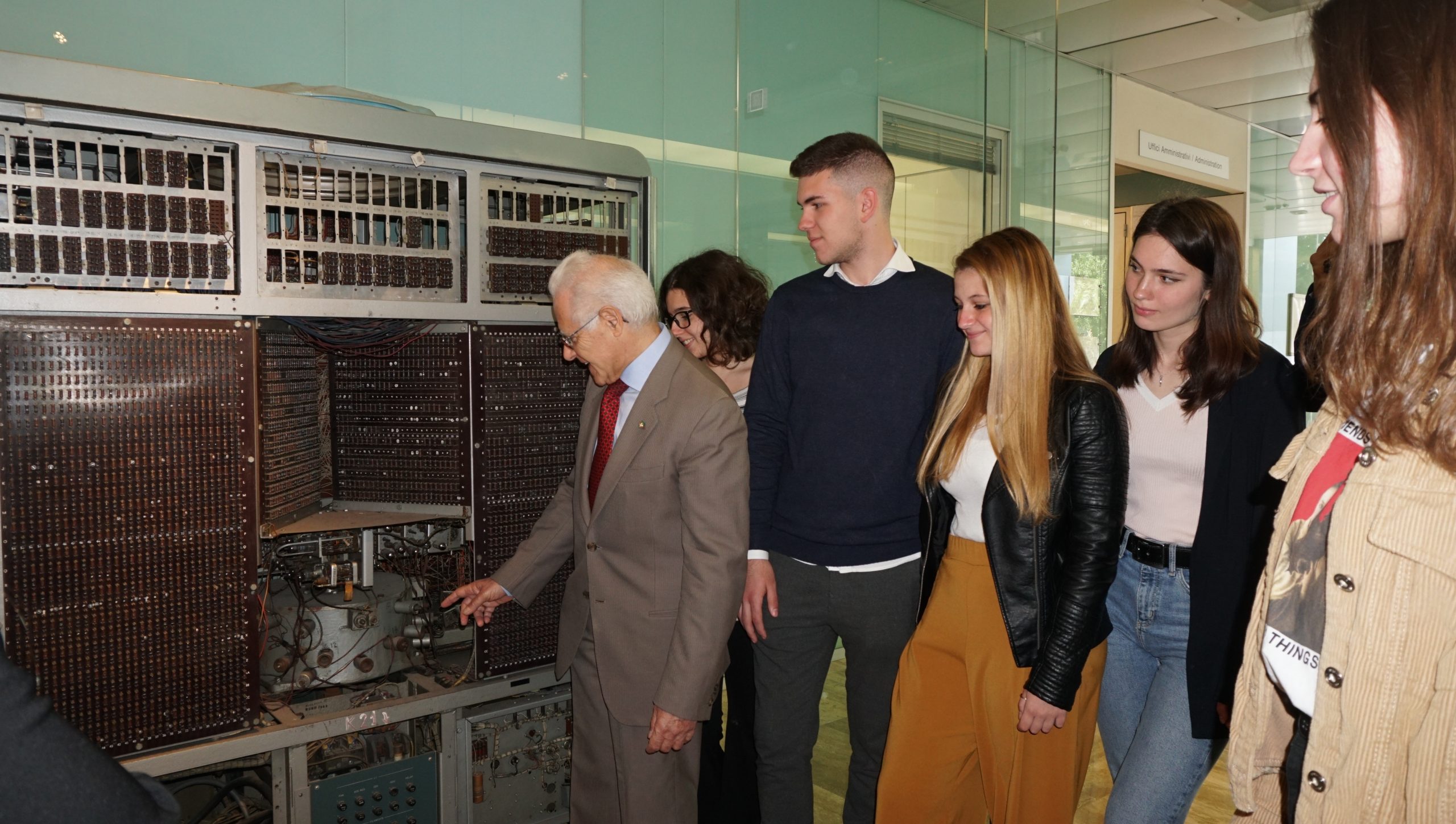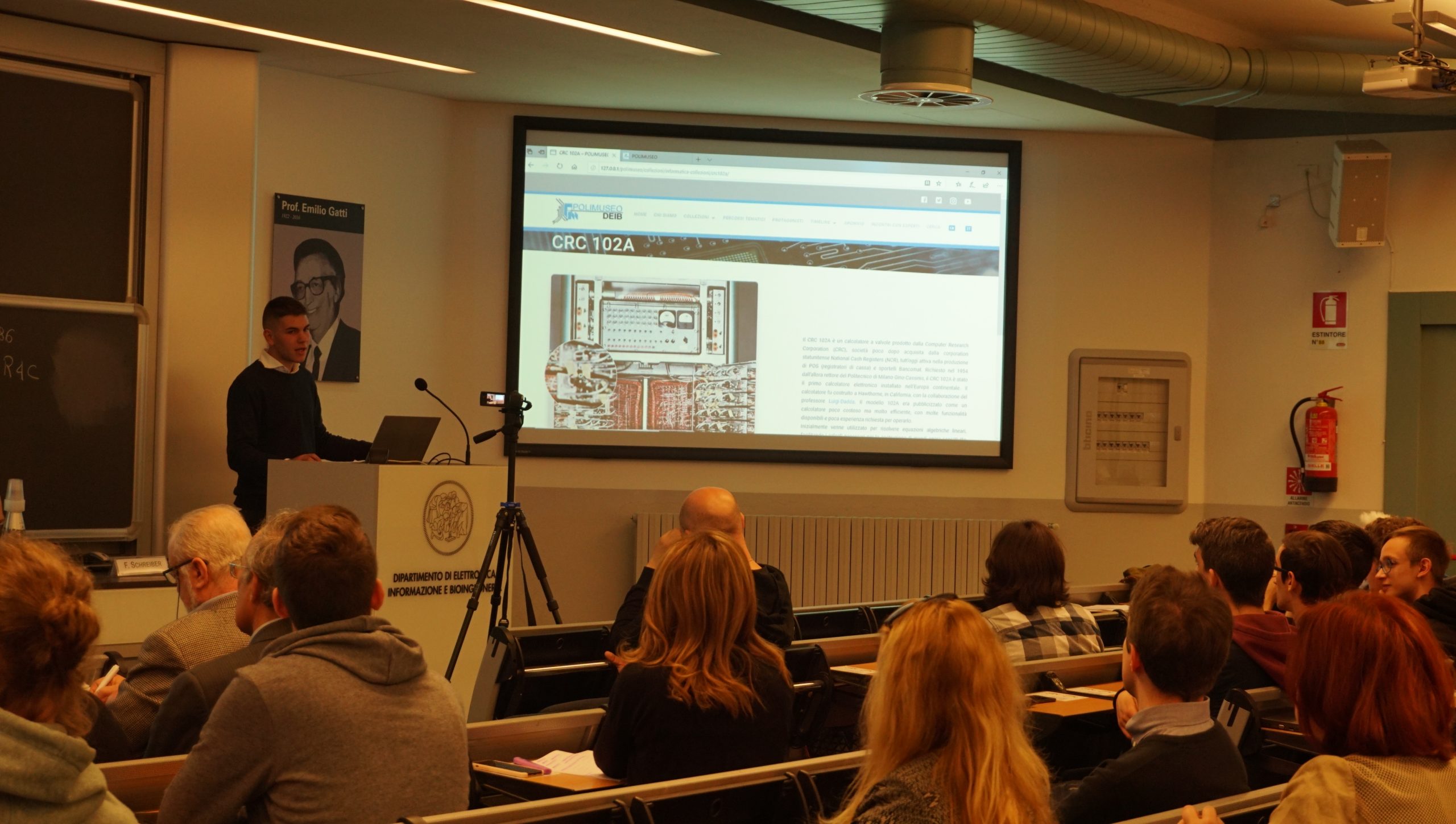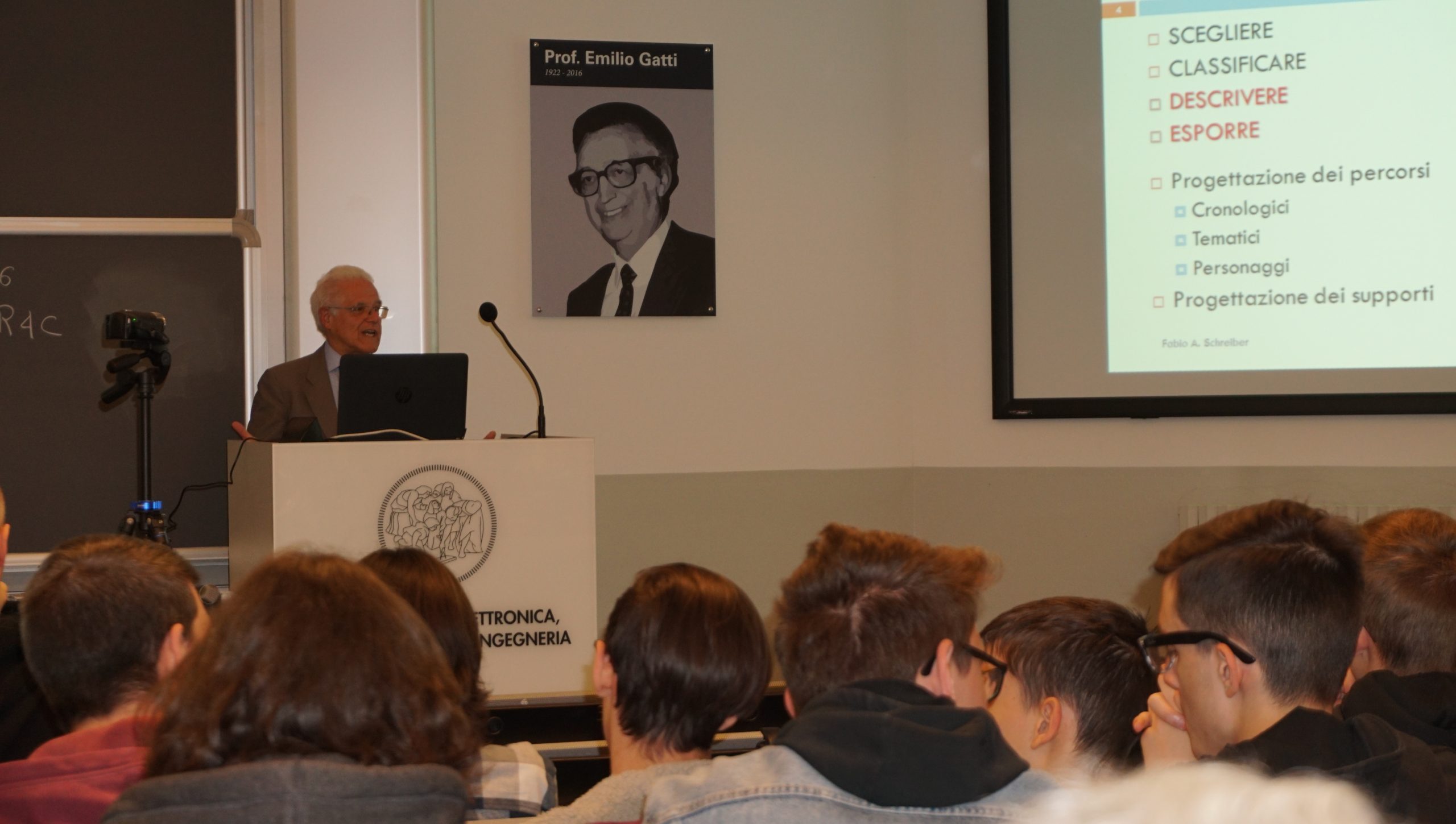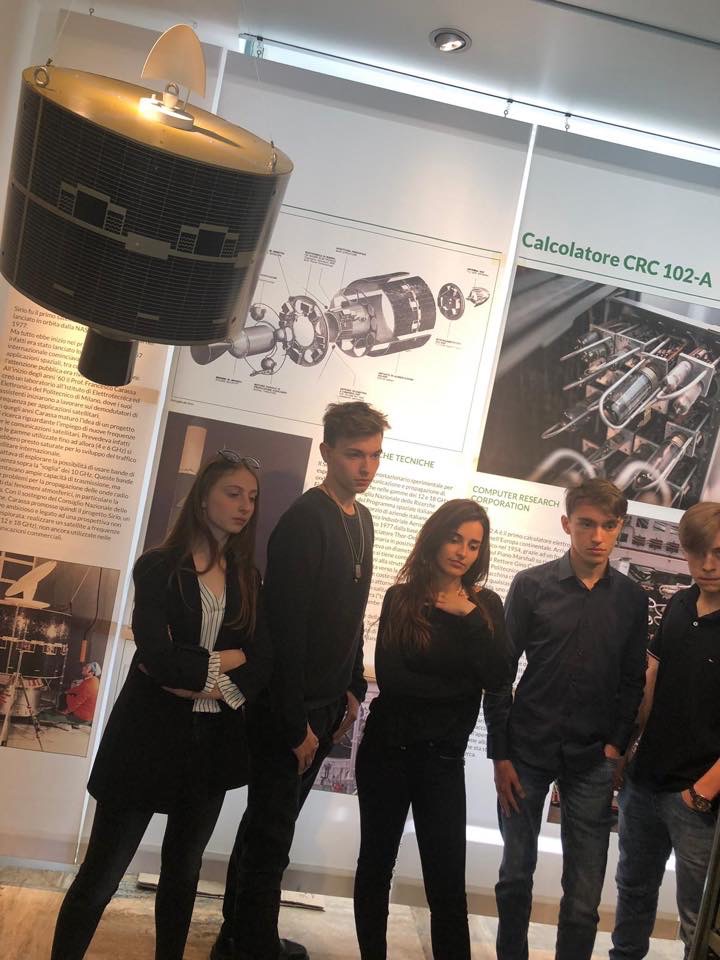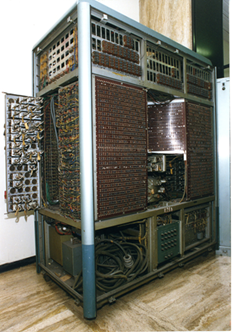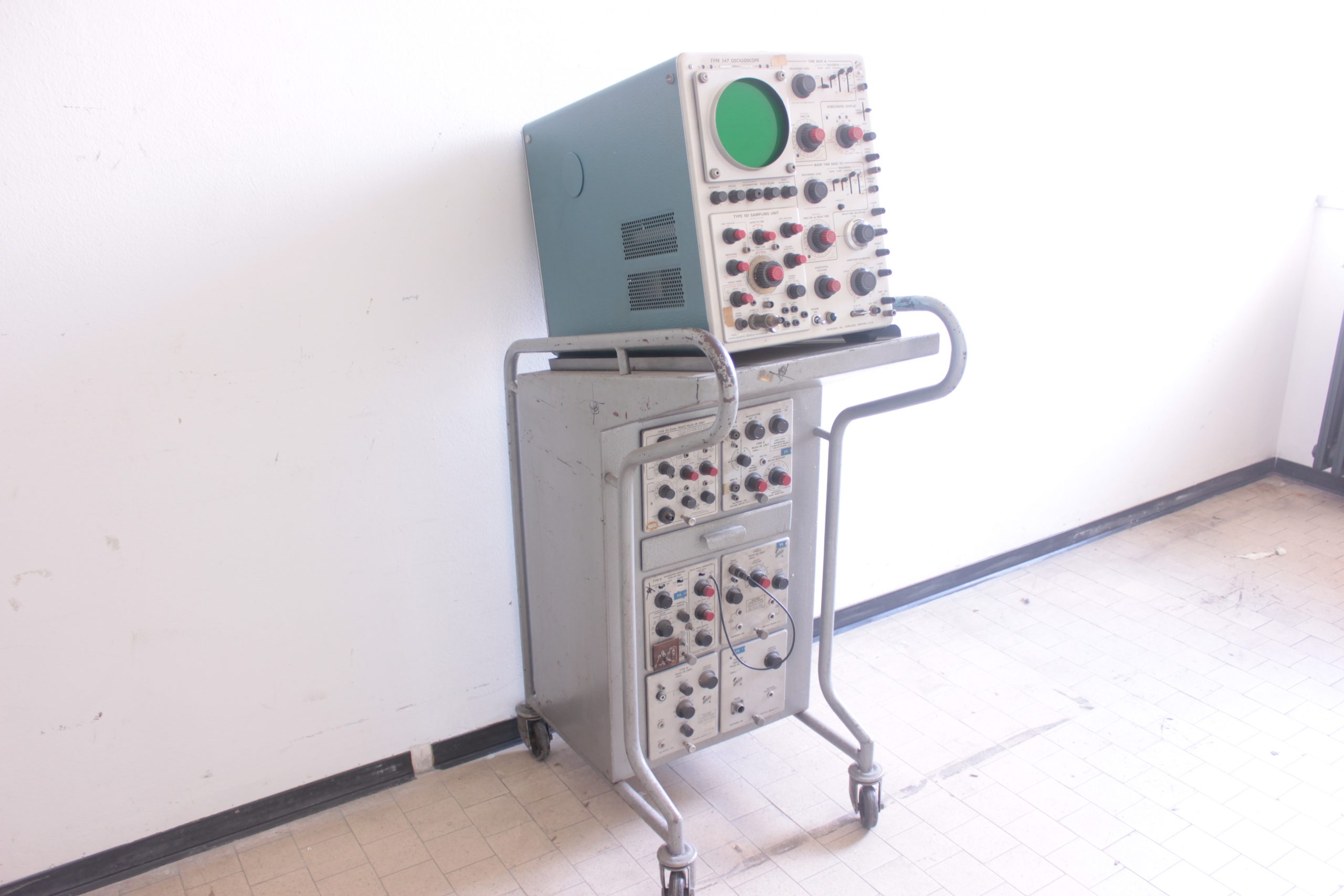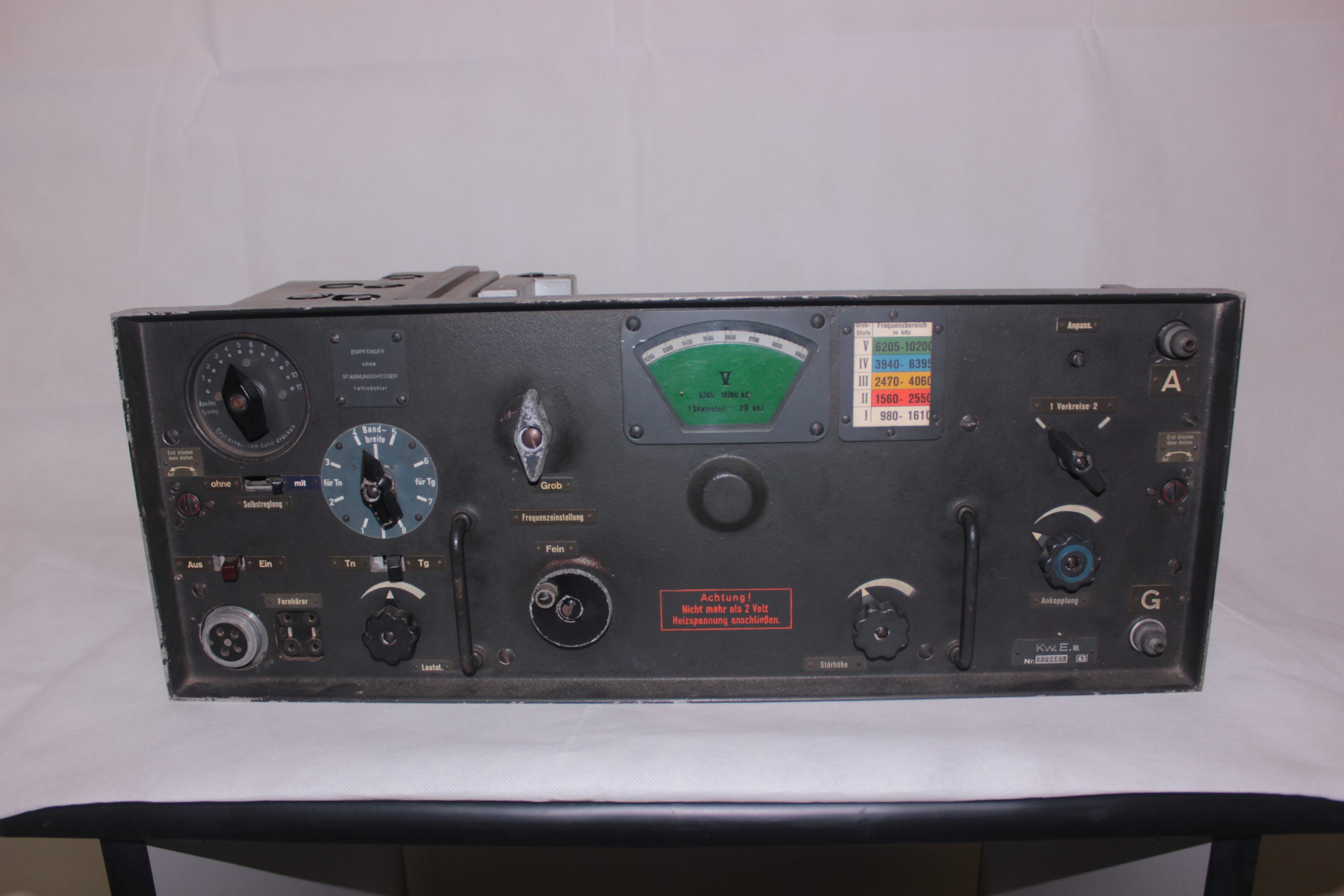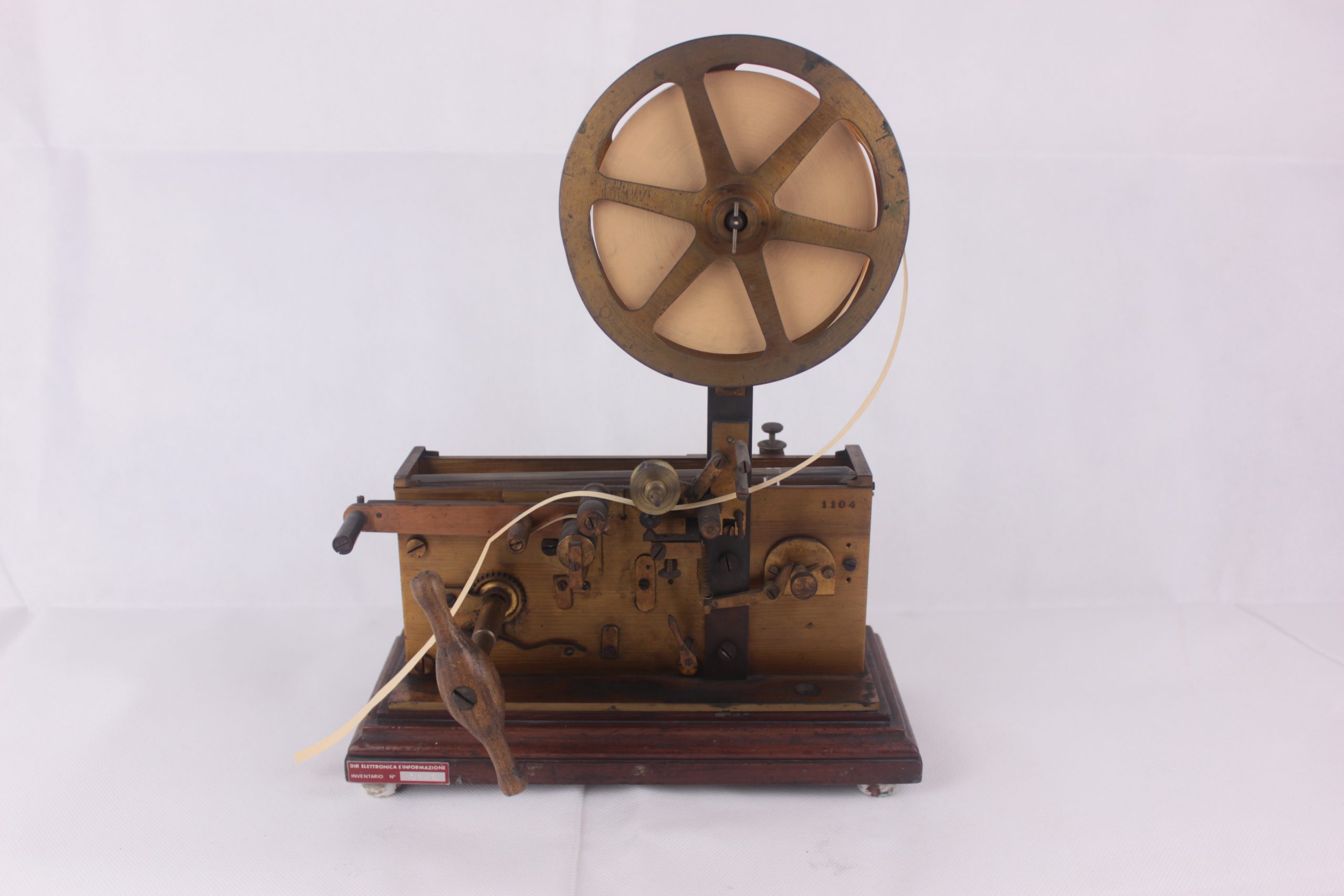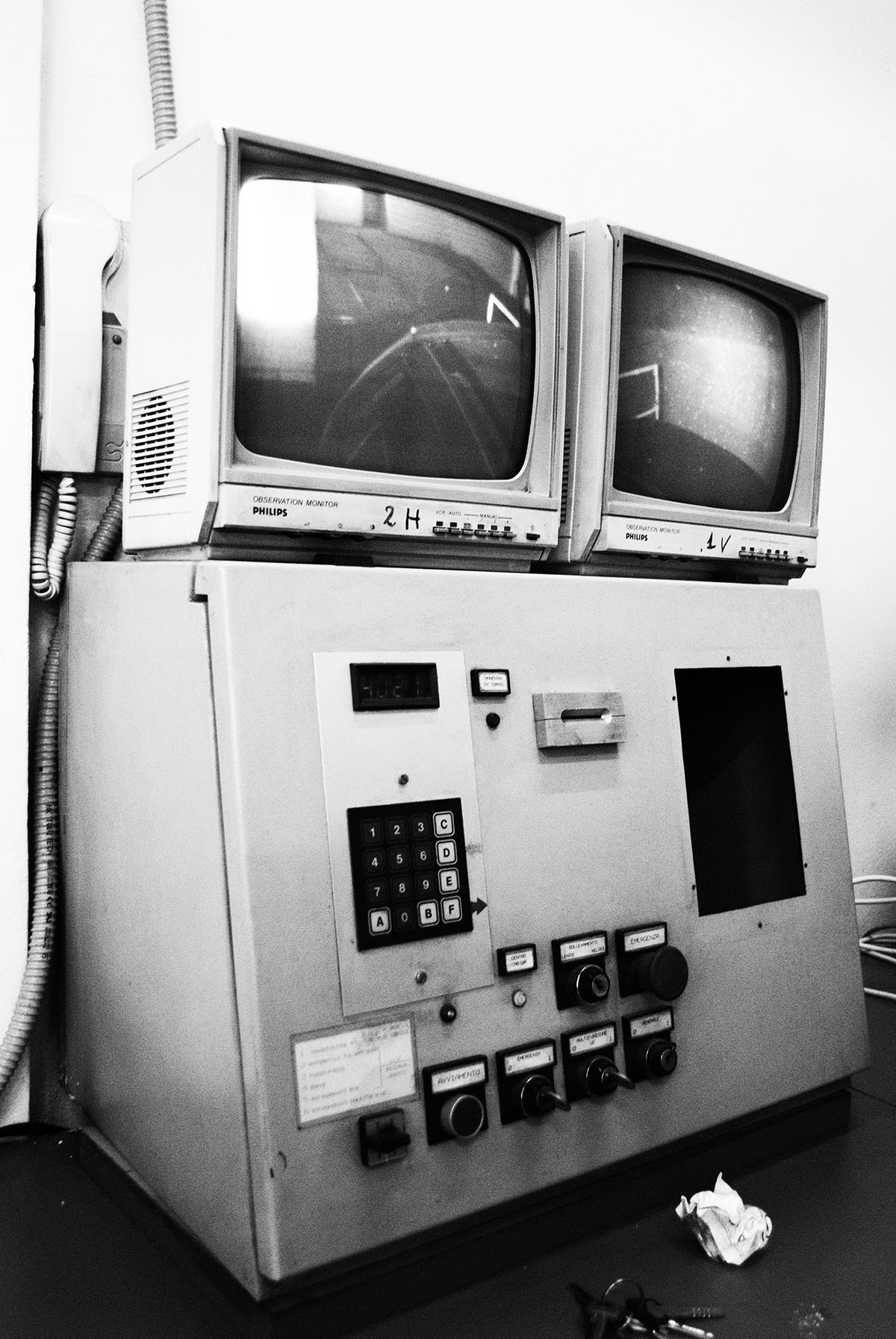POLIMUSEO
A virtual museum to travel through the history of computer science
May 2018
- June 2020
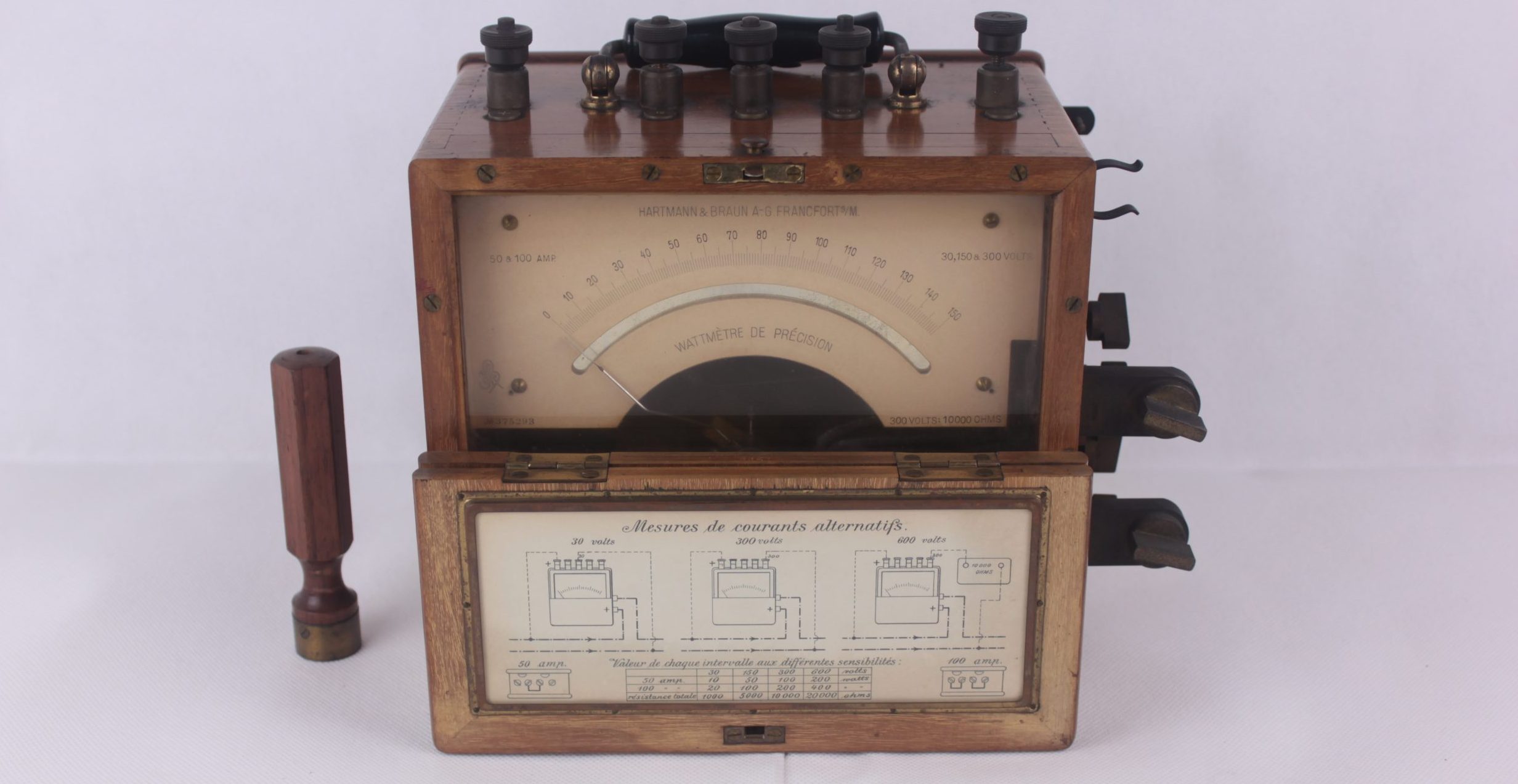
“Our partnership with Micron Foundation was decisive for setting in motion a special training programme encompassing schools, local stakeholders, Politecnico di Milano, students and general public. The two resulting initiatives provide value through their outcome and also through the process to achieve this outcome”, Manuela Pizzagalli, Chief Operating Officer, Fondazione Politecnico di Milano
The initiative
POLIMUSEO originated from collaboration between two secondary schools, IIS Albert Einstein and Liceo Banfi, in the area of Vimercate, underpinned by an idea proposed by Micron Foundation. The aim was to reconstruct the history of technological development, cataloguing the items that were part of this progress and telling their stories. POLIMUSEO has resulted in a virtual museum with the historical scientific devices preserved at DEIB (Department of Electronics, Information and Bioengineering at Politecnico di Milano) and which have contributed towards making the history of computer science, electronics and telecommunications, in other words, our past and future. The virtual museum was put together entirely by the students of two schools under the supervision of professors and researchers from the Department of Electronics, Information and Bioengineering at Politecnico di Milano.
The role of the Foundation
Fondazione Politecnico di Milano is collaborating with the initiative and is on the Technical and Scientific Committee.
Technical details
The museum is divided into four sections: Computer Science, Electronics, Electrotechnics and Telecommunications. The section on Computer Science, for example, will contain CRC102A, the first computer imported to Europe immediately after the second world war, as well as Olivetti’s “La Programma 101” and its portable computer M10, the Macintosh SE and other similar computers. The virtual museum will also host Sirio, Italy’s first telecoms satellite put in orbit from Cape Canaveral in 1977. The Sirio project originated from Prof. Francesco Carassa’s idea to build a satellite with transmission frequencies up to 18 GHz, a technology not in existence at that time in Europe.
First results
The museum’s prototype was placed online in September 2019 and was implemented entirely by students from a scientific lyceum and a technical institute, who were assisted by a scientific committee composed of their own and Politecnico teachers, as well as experts from Fondazione Politecnico and Micron Foundation. The definitive version of the museum will be ready in June 2020.
Financial supporters

